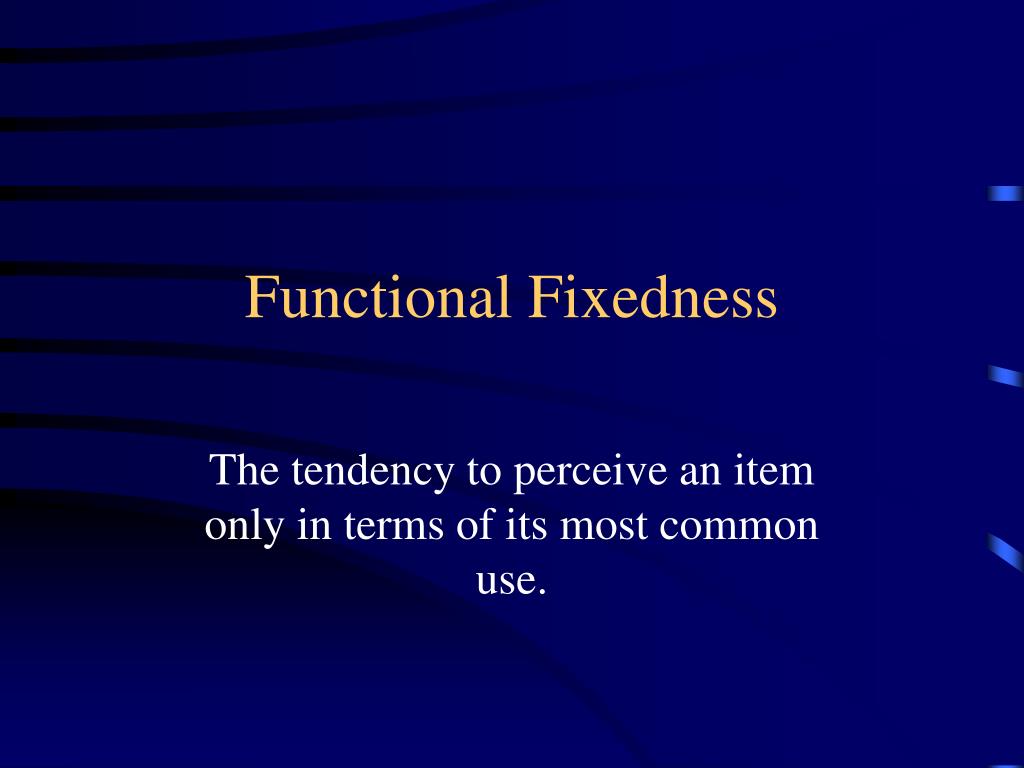

Such a rule saves the person time and energy when making a decision, but despite its time-saving characteristics, it is not always the best method for making a rational decision. A “rule of thumb” is an example of a heuristic. You can think of these as mental shortcuts that are used to solve problems. While an algorithm must be followed exactly to produce a correct result, a heuristic is a general problem-solving framework (Tversky & Kahneman, 1974). Can you identify other situations in which algorithms are used?Ī heuristic is another type of problem solving strategy. Facebook also uses algorithms to decide which posts to display on your newsfeed.

When you run a search on the Internet, search engines like Google use algorithms to decide which entries will appear first in your list of results. Algorithms are used frequently in our everyday lives, especially in computer science. You can think of an algorithm as a recipe with highly detailed instructions that produce the same result every time they are performed. An algorithm is a problem-solving formula that provides you with step-by-step instructions used to achieve a desired outcome (Kahneman, 2011).
#Functional fixedness trial
Although trial and error is not typically one of the most time-efficient strategies, it is a commonly used one.Īnother type of strategy is an algorithm. When using trial and error, you would continue to try different solutions until you solved your problem. Or maybe the printer isn’t actually connected to your laptop. In terms of your broken printer, you could try checking the ink levels, and if that doesn’t work, you could check to make sure the paper tray isn’t jammed. The old adage, “If at first you don’t succeed, try, try again” describes trial and error. For example, a well-known strategy is trial and error. Different strategies have different action plans associated with them ( Table 7.2). After that, one of many problem solving strategies can be applied, hopefully resulting in a solution.Ī problem-solving strategy is a plan of action used to find a solution. When you are presented with a problem-whether it is a complex mathematical problem or a broken printer, how do you solve it? Before finding a solution to the problem, the problem must first be clearly identified. What should you do? First, you need to identify the problem and then apply a strategy for solving the problem. You finished the report last night, but your printer will not work today. The report is time-sensitive and must be sent overnight. For example, say you have a work deadline, and you must mail a printed copy of a report to your supervisor by the end of the business day. Sometimes, however, the problems we encounter are more complex. Sometimes these problems are straightforward: To double a recipe for pizza dough, for example, all that is required is that each ingredient in the recipe be doubled. People face problems every day-usually, multiple problems throughout the day.

Explain some common roadblocks to effective problem solving.

Learning Objectives By the end of this section, you will be able to:


 0 kommentar(er)
0 kommentar(er)
